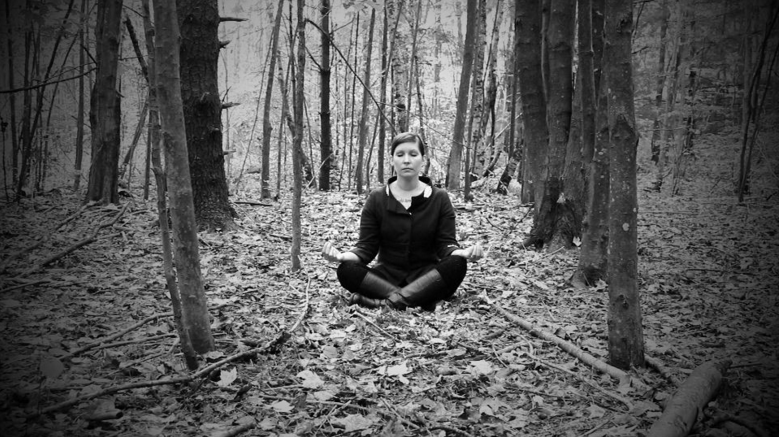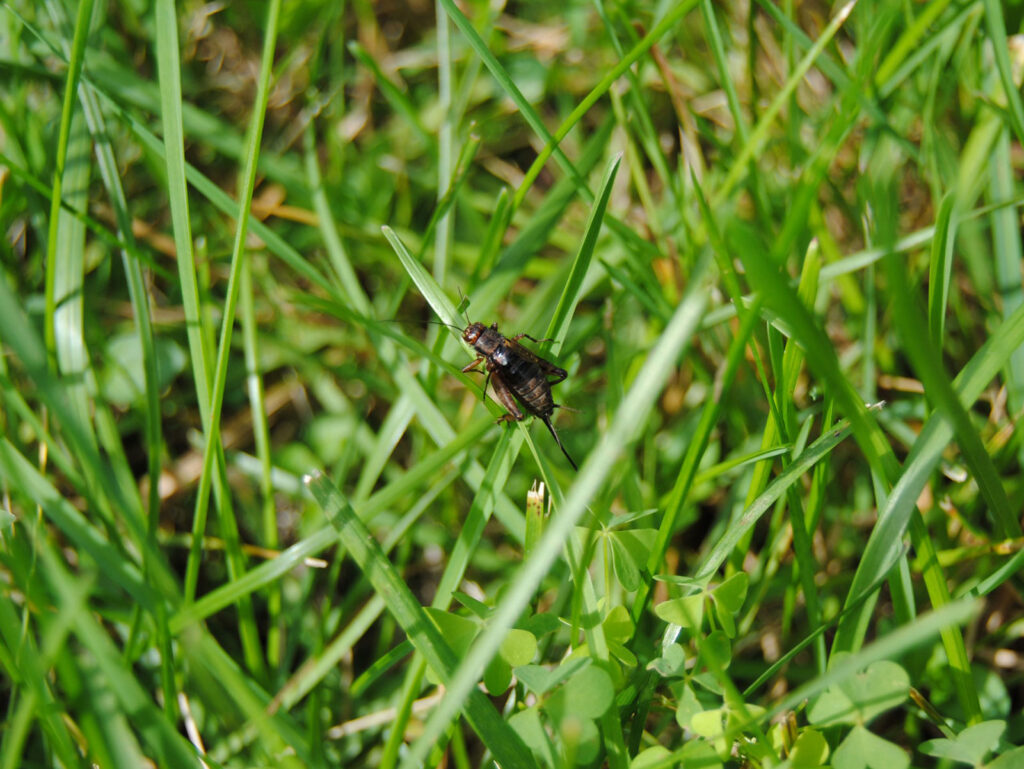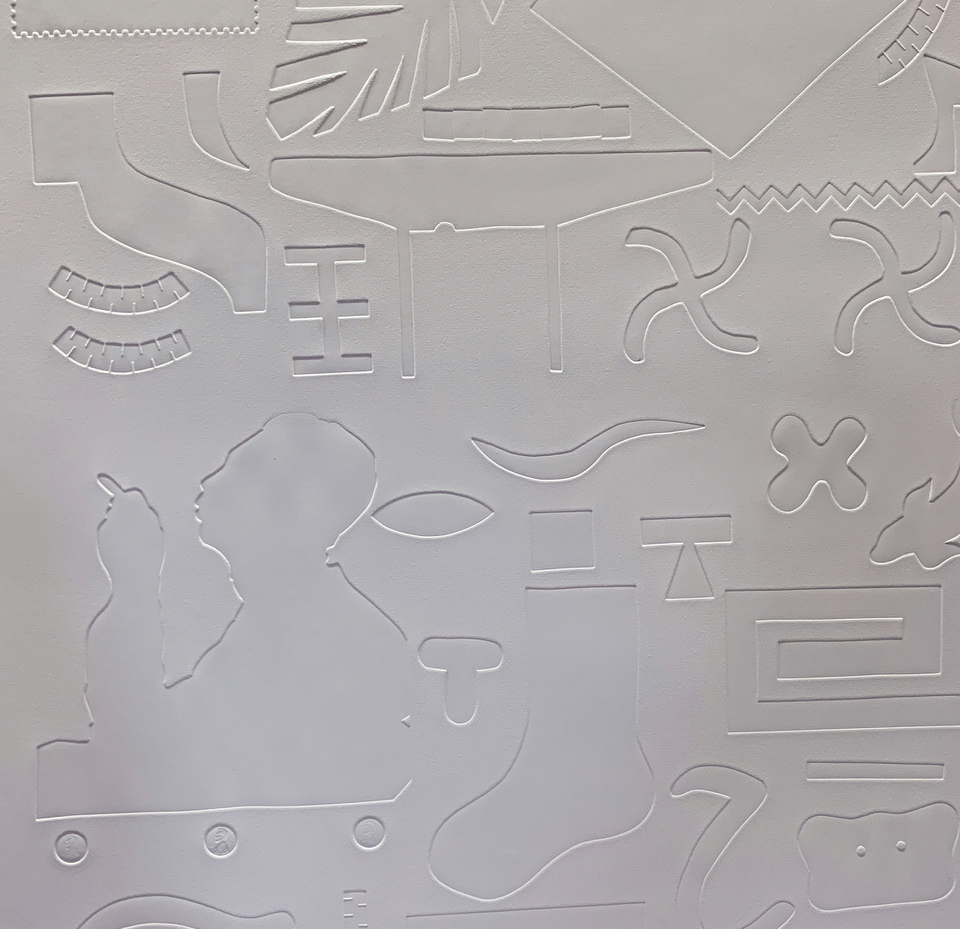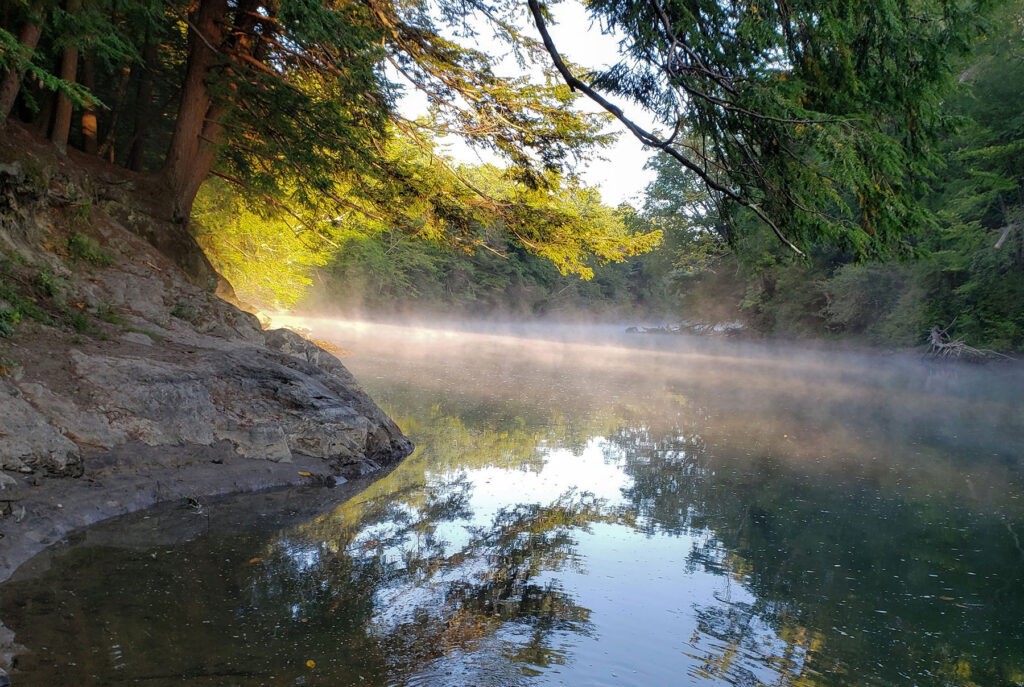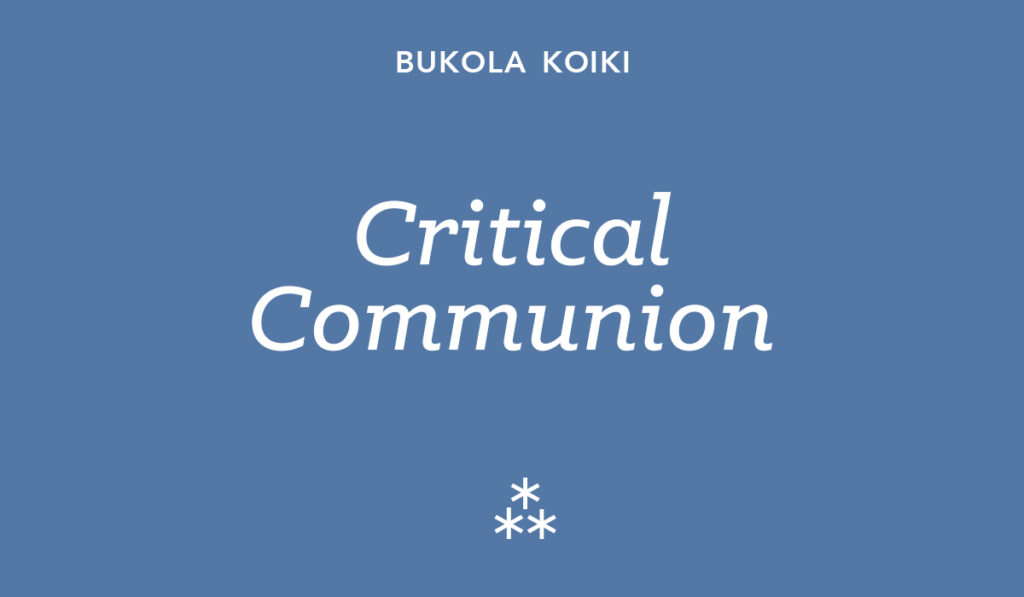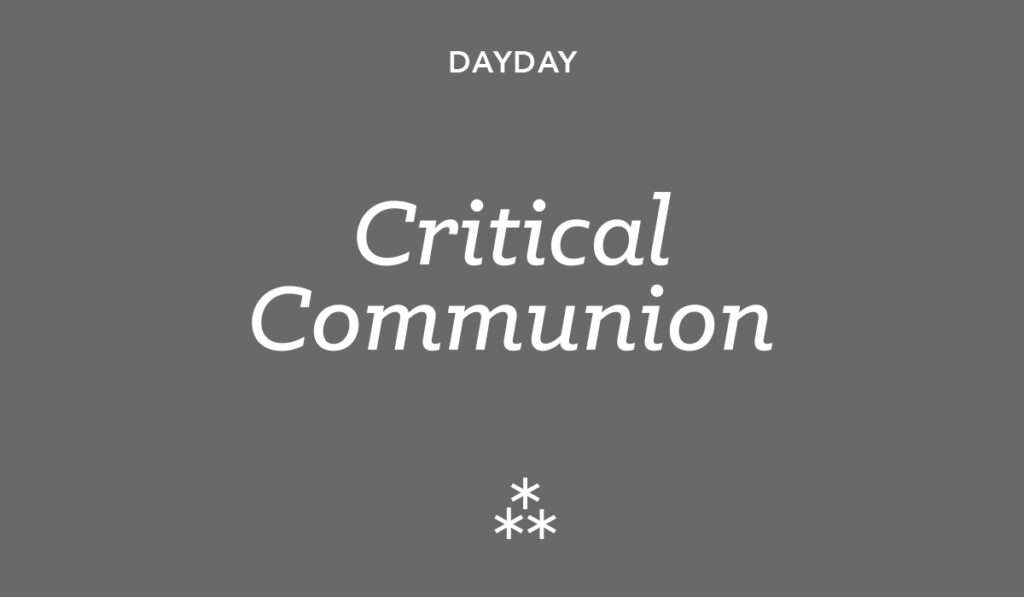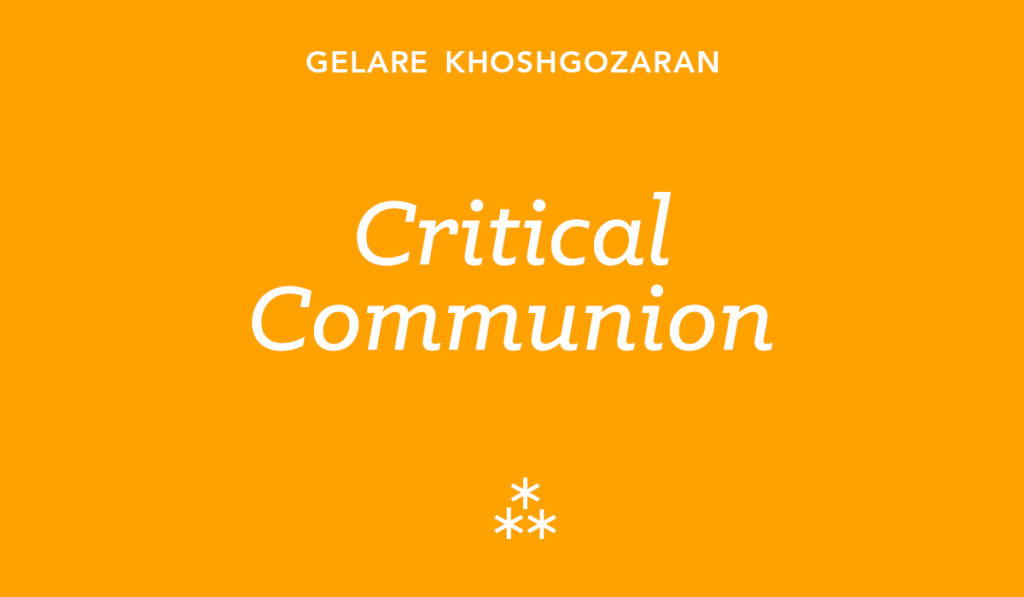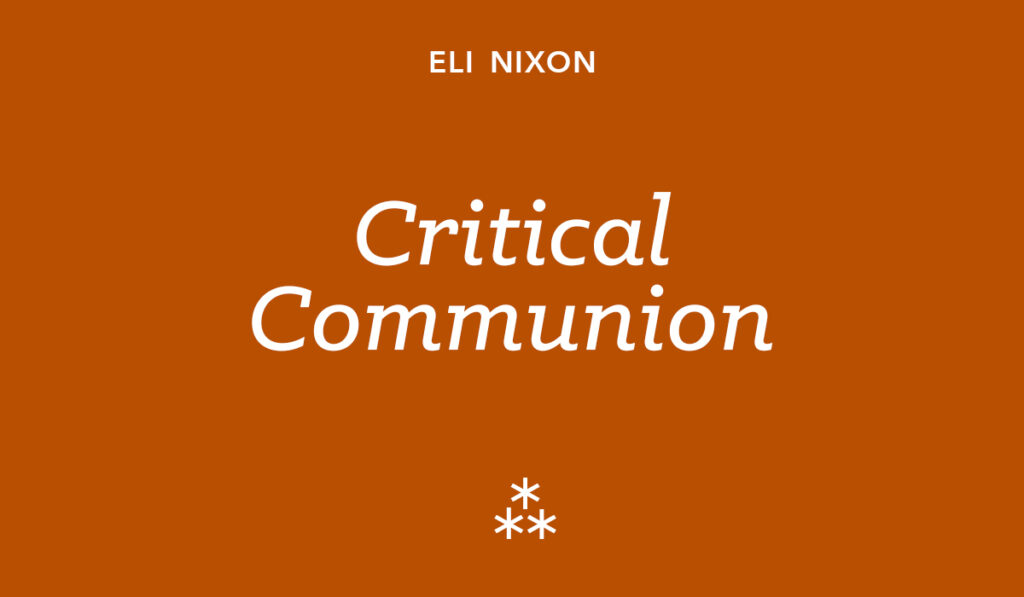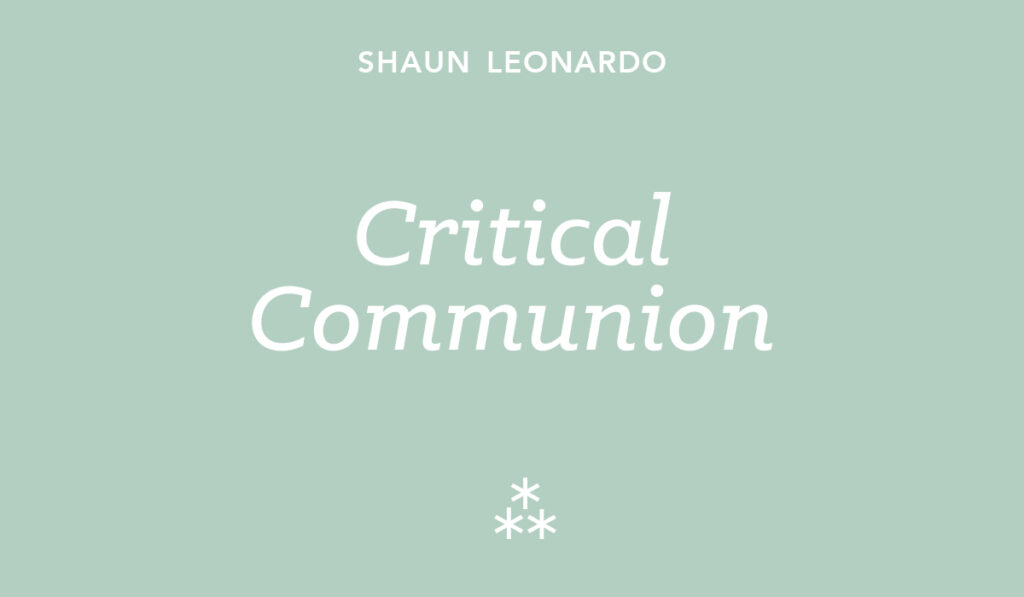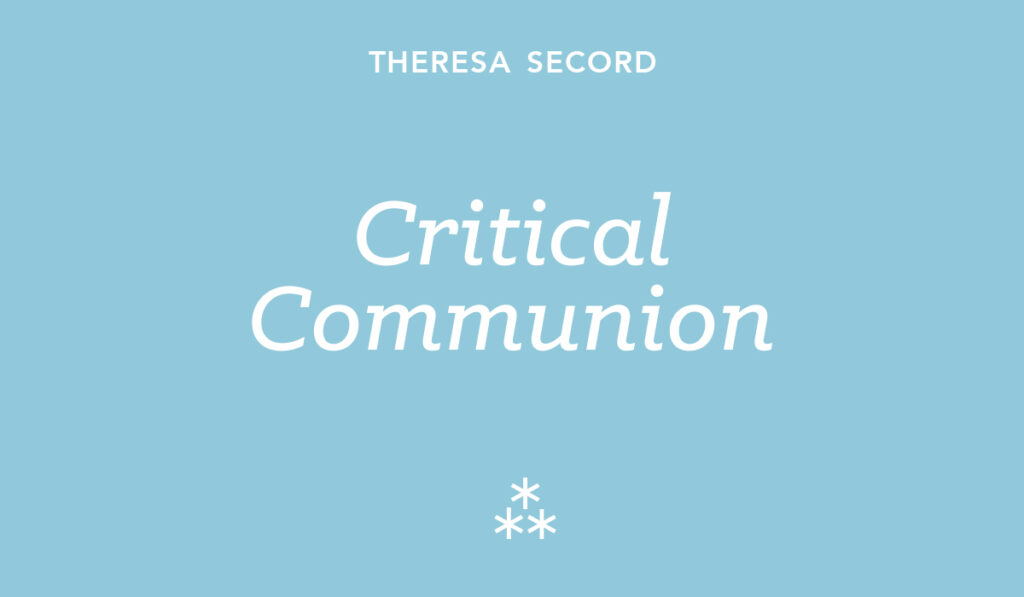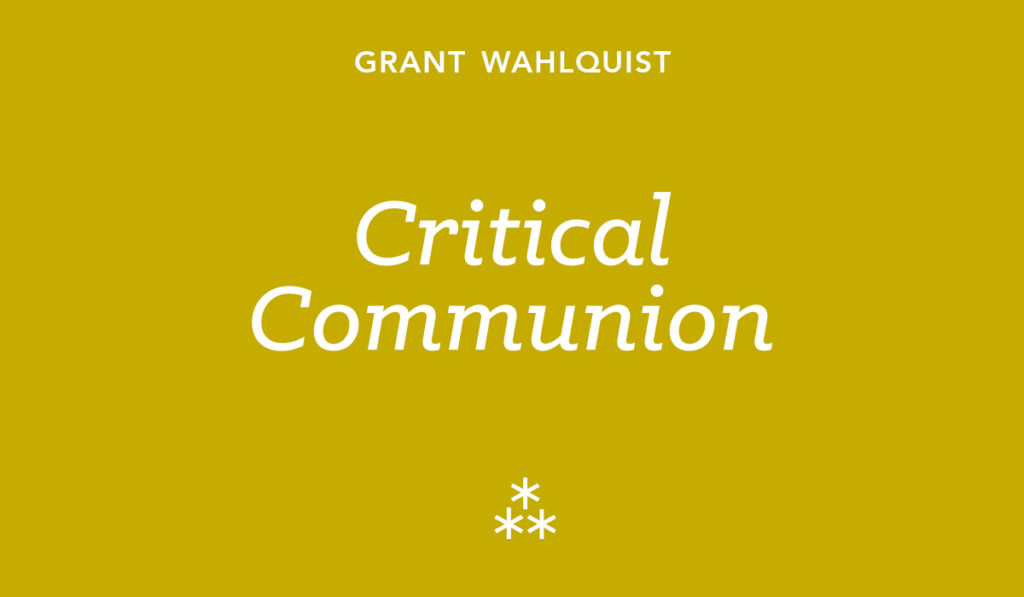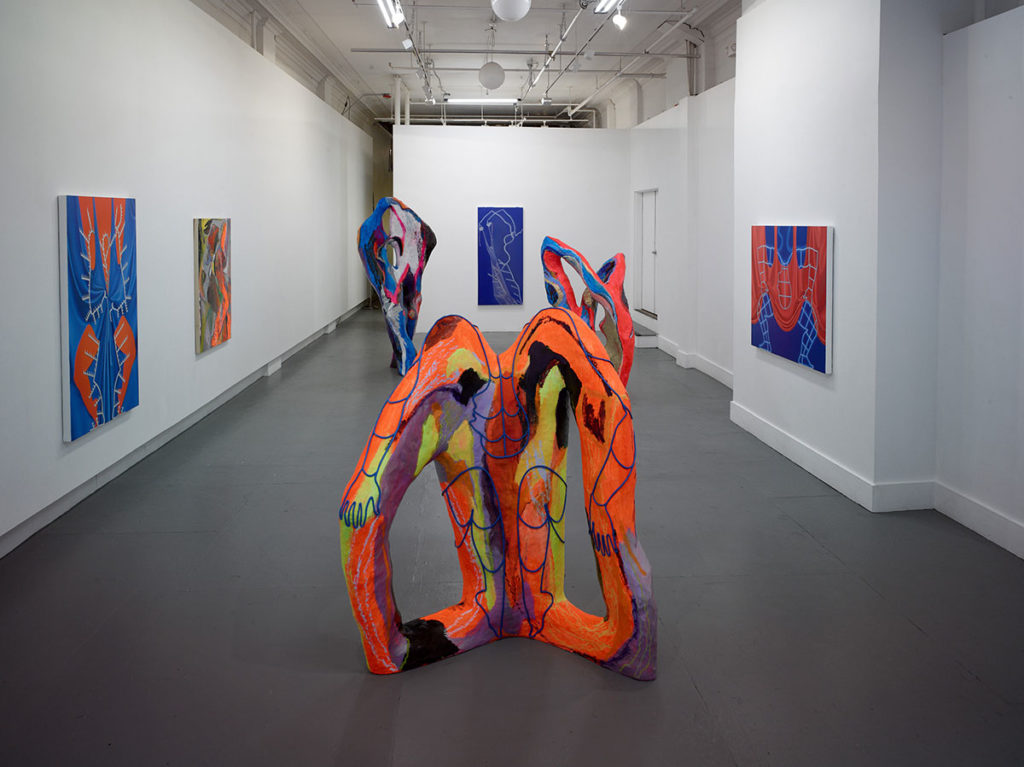by Benjamin Spalding
Meditation, the paranormal, and exploring one’s mediumship abilities are actions that take place out of rational time, maintaining their magic via displacement, living on through attic seances, ouija board sessions and the singular sensation that one can see or feel beyond their capacity. In her solo show BETTER LUCK NEXT TIME, Julie K. Gray maps her failures in attempting to “to explore the unknown through paranormal and spiritual means.”
By initially stating these works as failures, it infers that a supernatural power does exist, just out tangible grasp for Gray, providing her an indefinable goal by which she explores from several different tacks. Within this show, Gray engages in meditative walks, practicing telekinesis, levitation attempts and mechanical action in her search for the “unknown and otherworldly.” An image series, Walks, wraps around the right hand side of gallery, a photo grid of varied dimension documenting her meditative walks along with their respective location. The images range from forest pathways to melting snow, investigating the breadth of beauty found in slowing down to investigate idyllic minutia. These images allude to notions of ego displacement, providing visual markers to experiences where the self is dissolved into part of a larger cinematic moment, slowly unfolding.
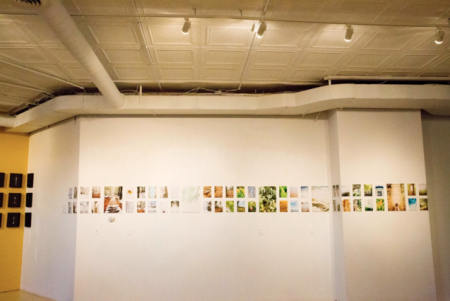
Speed, as in slowing down, speeding up, and losing a sense of time, appears as a frequent motif amongst the work. 12 Attempts at Telekinesis tracks Gray’s exploration into her mental ability to manipulate matter, resulting in a wall-mounted grid formation of 12 boxes backed with black velvet holding spoons which she has attempted to bend with her mind. Each box is labeled with a date and the amount of time spent attempting to bend each object, resulting in a display that hints at the uneasy sensation of viewing the mundane as uncanny, as if one stumbled into grandma’s cabinet of curiosities. On the larger side, similarly exploring notions of transcending the mundane, Gray has produced a massive wall piece titled Abyss, composed of ivory square canvasses, cross-stitched in white. This tone-on-tone play and use of scale allows the work to hit a meditative relationship with the audience, where one cannot focus directly on the drama at hand nor absorb the whole image, hinting at a multitude of possibilities.
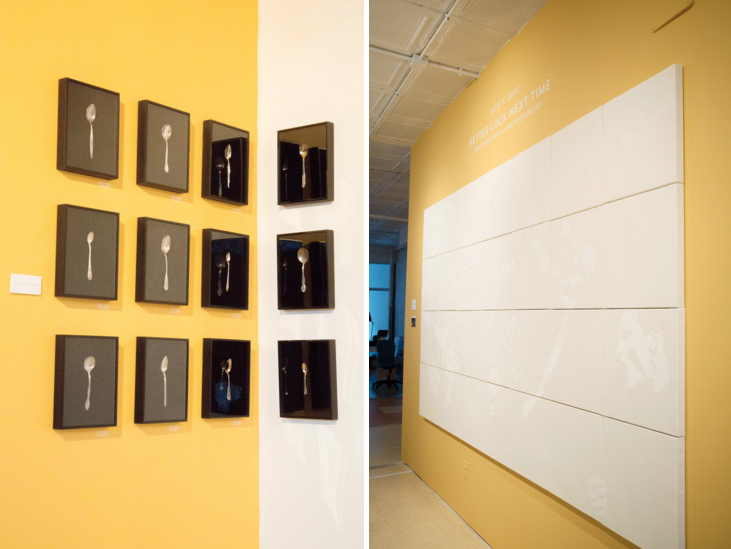
The video works are the most successful at translating notions of paranormal possibility to the audience, although problematic in their staging. Three screens play simultaneous loops of black and white imagery depicting Gray in different states of meditative action (or, rather, non-action): an unbroken gaze, an attempt at levitating, and communicating via a ouija board. These slow-motion videos are seductive in their relationship to the audience, especially that of the ouija board, where one can barely notice the movement of fingers, placing the viewer in an anticipatory space, in hopes that the planchette will slowly start to reveal a message. Unfortunately, this magic space is undermined by the straightforward staging of the work, where a level of singular intimacy between the audience and moving image would be heightened by simply using a partition, creating an uneasy space, like witnessing these fantastic acts firsthand.
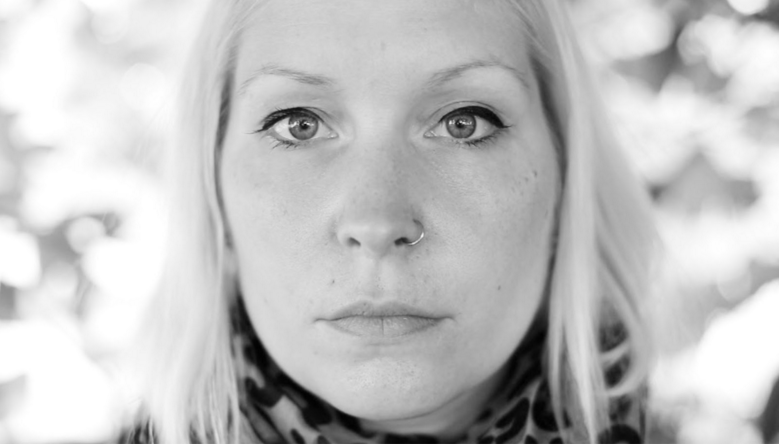
What is inferred by Gray’s exploration of these ideas and actions is an allusion to a larger unknown power, a child-like creepiness, like watching a teacup levitate or future truths revealed by a ouija board. The show presents strong conceptual underpinning in tandem with exciting material exploration, but falls short in considered staging, where although these attempts are central to Gray’s experience, they don’t necessarily translate the same liminal sensations of paranormal possibility to the audience. Presentation aside, in exploring these ideas through Gray’s first hand accounts at failure, an ineffable sense of possibility is still conjured, wherein specific spaces and given altered conditions, one is able to touch the enchanted edges of reality. Although many of these notions tend to be quickly debunked and in this case, viewed as personal failures, Gray places their potency in their ability to maintain a sense of magic even in the face of scientific rationalism, still allowing one to fantasize what if?
Julie K. Gray‘s BETTER LUCK NEXT TIME: Exploring Media and Mediumship continues through November 21, 2015.
Engine
128 Main Street, Biddeford, Maine | 207.370.9130
Open Tuesday–Friday 1pm–6pm, Saturday 11am–4pm. Free.
Although growing up in Maine, Benjamin Spalding has recently returned to his home state after a 7-year hiatus living abroad in Berlin, Germany. During his time away, he participated is several international exhibitions, residencies and helped run a small gallery space with several of his peers. He is a graduate of the MFA program at Maine College of Art, exploring the “body” as a metaphor for individual experience in regards to notions of displacement, intimacy and collective wonder.

